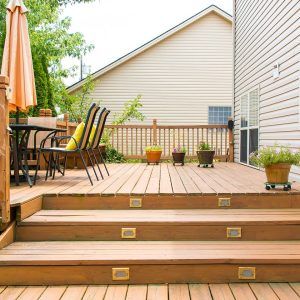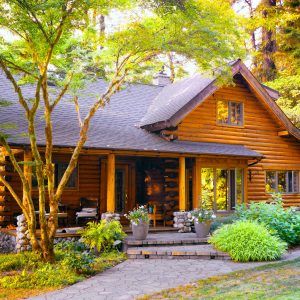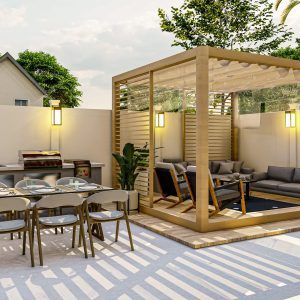A garden can be almost anything you wish it to be, within reason. Climate, materials, and your means, including the size of your plot, are the main deciding factors. Modern gardens have become smaller due to their closeness to urban centers and a desire for less upkeep. In the medium to large gardens, one can still see the more traditional divisions to create areas with a designated purpose. You have a main ornamental area that boosts the home’s beauty, a play area for children, a vegetable or flower patch, and a few features to catch the eye, creating various focal points and order within the space. Here is a quick guide to understanding different types of gardens.
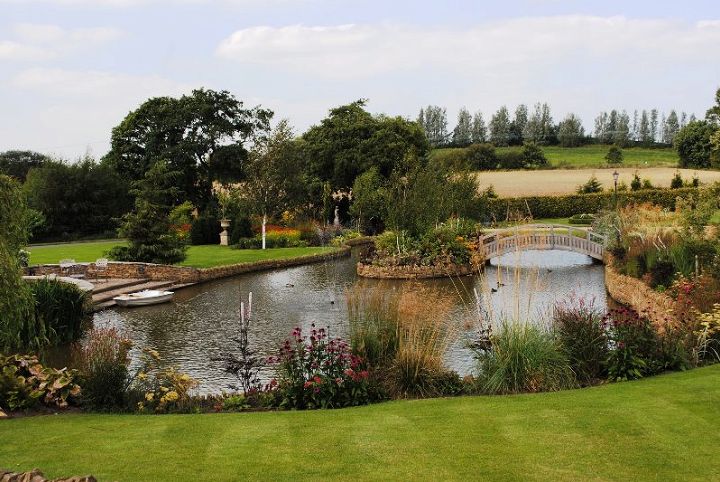
Flower Gardens
Depending on where you come from, flower gardens look different in different countries. This is due to the variety of plants and climate where these gardens are found. This being said, there are a few similarities and a basic plan that is nearly the same, whether a garden is formal or informal. Trees and shrubs make a regular appearance in any well-designed flower garden and are usually planned first. Smaller plants, flowers, bulbs, and annuals are placed around them. An important consideration here is that plants are placed appropriately so that there aren’t issues when plants mature.
The range of plants you have to work with is enormous. Colour, contrast, shape, and size need to be carefully planned in order to be well blended. It is fashionable to have different flowering plants year-round now, not just in the spring, so be sure to have various flowering plants for colors year-round.
Water Gardens
These are some of the oldest forms of gardening. Records from Ancient Egypt, dating back as far back as 2000 BCE, depict the cultivation of water lilies and other water plants. In Japanese culture, Water Gardens have their own particular patterns and are the inspiration for many more modern gardens with stone pathways and well-balanced stone features. Stemming from European culture, you find formal pools that have a rectangular and circular outline. You often find fountains as the centerpiece without plants anywhere in the feature.
You are also likely to find informal, irregular pools lined with water lilies and other water plants. It is typically required that these pools contain oxygenating plants that keep the water clear and create an environment that is able to support any fish that are introduced into the environment.
In countries with a more temperate climate, you can expect to find water gardens that are made under glass. This allows you to control the temperature and keep the environment perfect for plants to thrive.
Woodland Gardens
A woodland garden tries to imitate nature to the best of its ability. Its essence is informal-ness and to be natural. Paths flow with the landscape and are much, stones, grass, or dirt, not pavement and cut stones. Trees are grouped irregularly and thinned in places to allow enough light to pass through. Mature trees are the natural focal point, with plants specifically chosen to replicate those that are native to the area and herbs.
Rock Gardens
Rock gardens are another garden that tries to emulate nature. Designed to look like they are part of a rocky hillside or slope, these gardens can be stunning. Less is more when it comes to decorating these sorts of gardens. A few larger rocks are laid down to create dimension and are usually laid on their larger edges to mimic how one would appear in nature. A few large rocks look much better than a bunch of little ones.
Rocks are placed in such a way that they create different levels of light exposure for full-sun plants and those that want a little more shade. Some rock gardens even have the cracks within the rock faces filled to create an aged, natural look. Rock gardens are typically constructed with limestone and sandstone.
Roof Gardens
The tendency of modern architecture to build flat roofs in urban areas has allowed for the emergence of rooftop gardens. These gardens follow the typical principles of what it means to be a garden; they just have a lot less soil. This limits the size of the plants that can grow there as the weight needs to be kept to a reasonable amount. Plants are typically grown in boxes, but a few more elaborate rooftop gardens create an oasis in the concrete jungle so many of us live in.
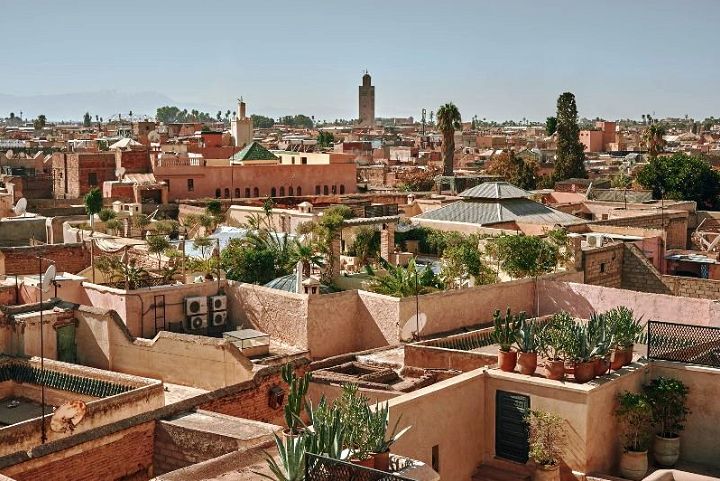
Conclusion
These are just a few of the more common types of gardens out there today. We hope you have a better understanding of a few of the different types of gardens there and that you learned something new.

